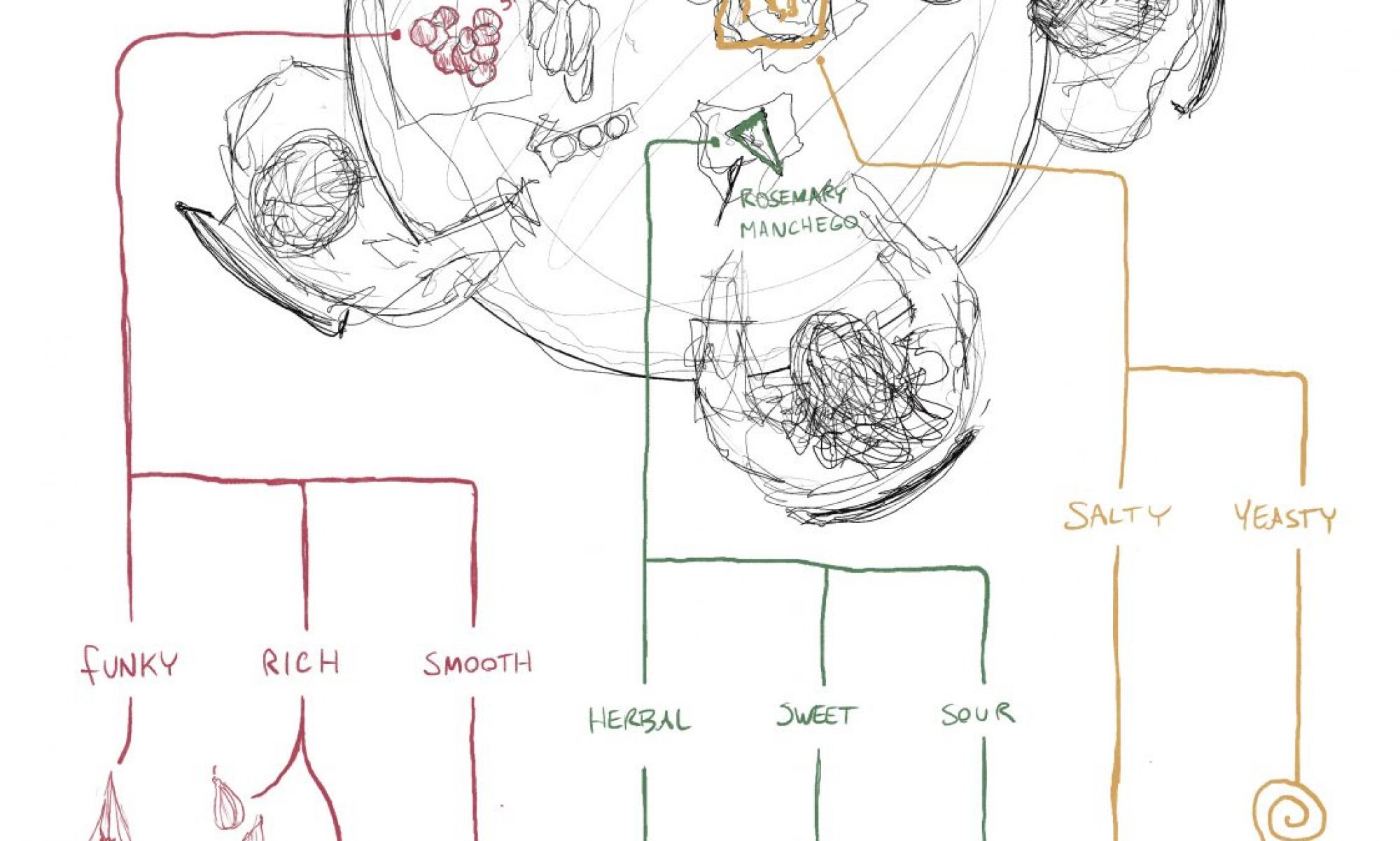These wonderful Actaea racemosa at my parking spot smelled like synthetic grape, one of the strongest pockets of smells on this cool, overcast autumn day. I could smell it from five full paces away.


When i got to the beach, I wanted to investigate the mixing of the sea rocks, which had a briny, faintly fishy smell, the woody debris which had the musky, warm scent of decomposing conifers, and the cold, and slightly floral scent coming off of the granite seawall.


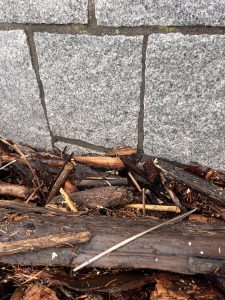
So I drew what I smelled in section with oil pastel and then used my finger to imply the directionality of the mixing airflows.
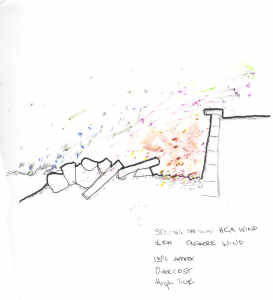
Then I noticed hippo was checking out a stump. Inspired by the warm spicey musk of the wood I had just smelled, I went to sniff what Hippo was sniffing and see the world in his way. Turns out it wasn’t wood he was smelling, it was definitely urine. Tangy, acrid, wet, amonia with something that reminded me of turned meat.
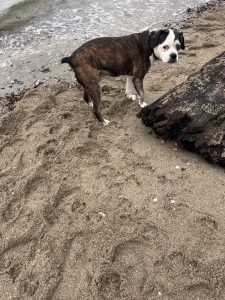

We stopped by a memorial, where I noted that the airflow of the space created a microclimate in which visitors could smell each other. As empathy is partially transmitted through body odor ( see de Groot, Jasper H. B., et al. “On the Communicative Function of Body Odors: A Theoretical Integration and Review.” Perspectives on Psychological Science, vol. 12, no. 2, 2017, pp. 306–24. JSTOR, https://www.jstor.org/stable/48591546. ) I thought this was a clever design move activating the vegetation and topography to this end.

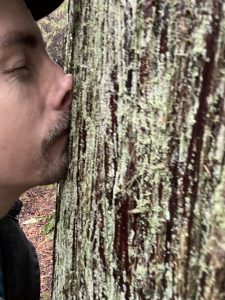
I also tried smelling a tree to track the decay of scent over time. I wanted to try visuallizing in quanta the preceptual experience. I find this method maybe less evocative than the impressionistic approach.
